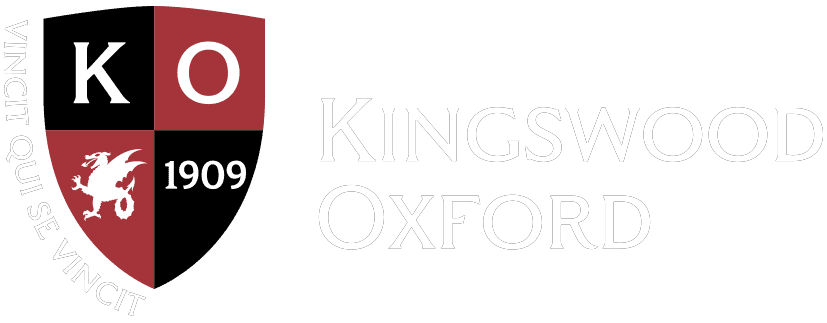January 19, 2021
English Class Passion Projects Delve into Pachinko
In order to reflect more deeply on their reading of Pachinko, students in several Upper School English classes were tasked with creating a passion project utilizing their own interests to explore themes in the story. Upper School English teacher Bill Martino said, “The students had to make an assertion about the novel that supported and strengthened their nuanced understanding of the text. ‘How was your reading of the novel meaningful?’ ‘What was it about this project that enhanced your understanding of the novel’?” Martino said.
Martino’s students exhibited an array of interests to tease out their thesis. Some students created musical compositions, while others wrote screenplays. One student created a cooking video of traditional Korean foods she prepared with her mother as they discussed the novel together. Another student compiled a cookbook of Korean dishes in addition to her own family’s recipes. “Her mother said, ‘We don’t have recipes; we have food that we cook.’ That is telling about her family and her dynamic,” Martino said.
Several students opted for more visual artistic pursuits. One student framed a deceptively simple sketch of a young Noa peeking from behind the leg of his stepfather Baek Isak. When one opens the image of Baek, the image of Noa’s real father, Hansu, appears. Another passion project was a finely wrought traditional yakuza (members of transnational organized crime syndicates originating in Japan) tattoo. The tattoo represents Noa’s inability to move past the fact that he is a yakuza by birth since Noah’s actual father, Hansu, is a benevolent criminal. The tattoo is permanent, and Noa’s familial heritage is engraved in his identity, one in which he feels he cannot escape. In one painting, the student divided the canvas into three segments representing three major characters: Sunja, Noa, and Solomon. Through symbols above the heads of the characters, the viewer can see how the patriarchy has formed their identity. One painting portrayed the collision of Korean and Japanese cultures in the novel. While the bottom of the painting depicts a Korean village and detailed pen and ink drawings of Korean folk objects of a cat and a bird, those images are being subsumed by a Hokusai-like wave reminiscent of the artist’s The Great Wave of Kanagawa.
Martino was impressed with the thoughtful execution of the students’ passion projects and felt they articulated their understanding of the novel. “With all of these projects, they had a statement of intent and described their analysis, why they made the decisions they made and how it connects to the novel,” he said.
